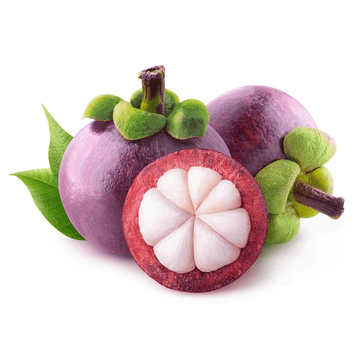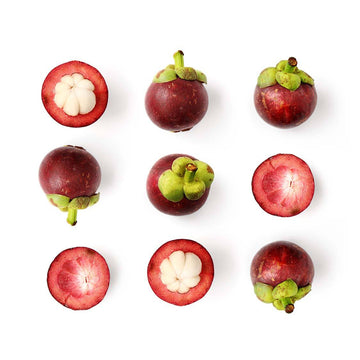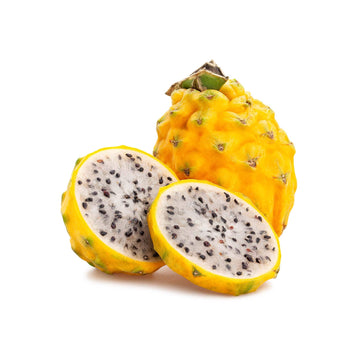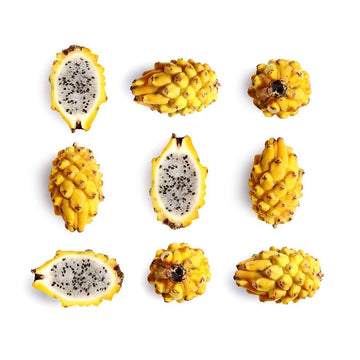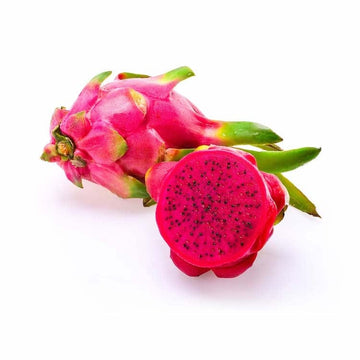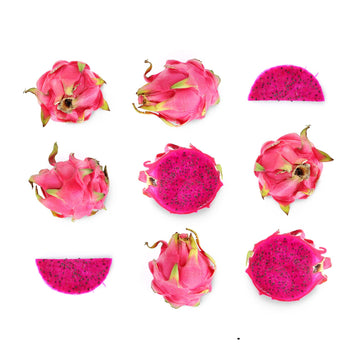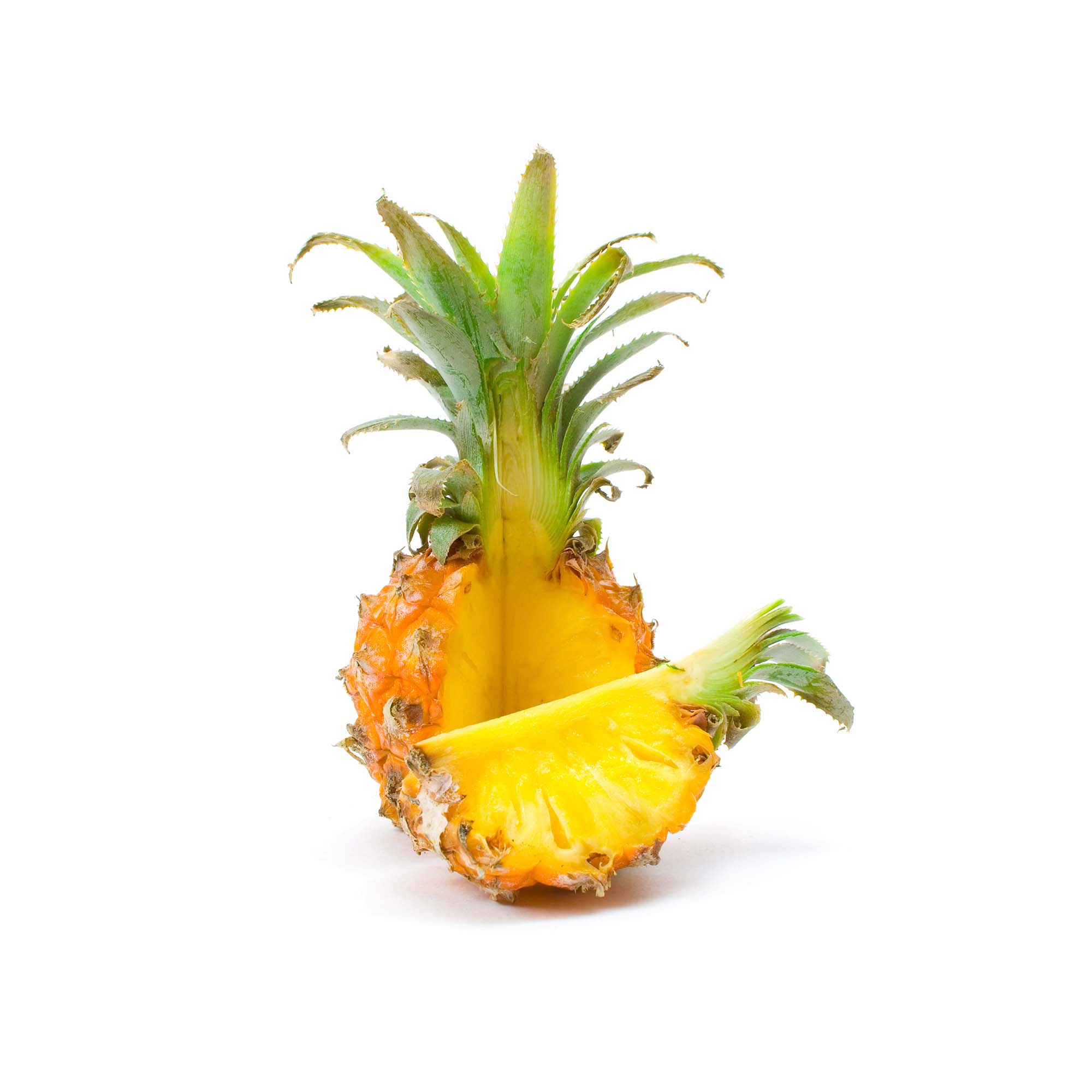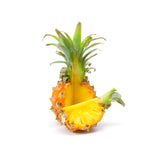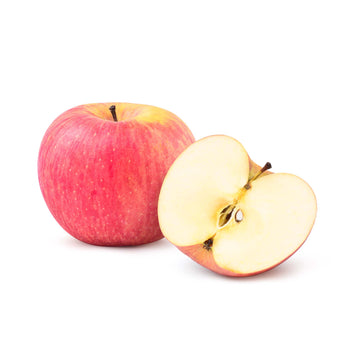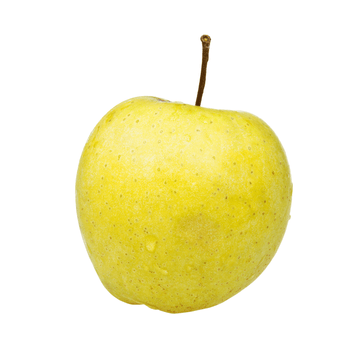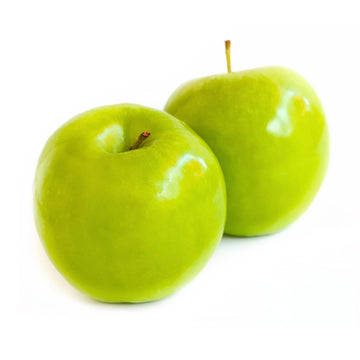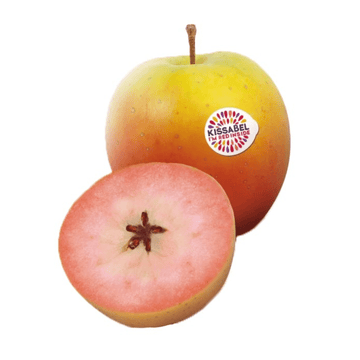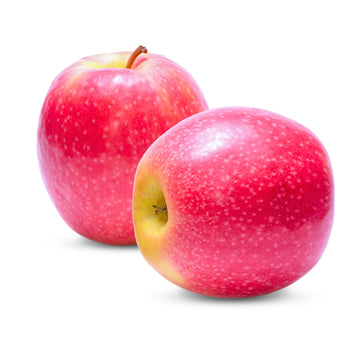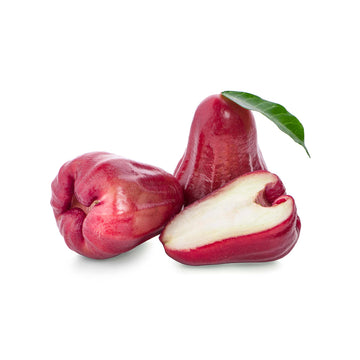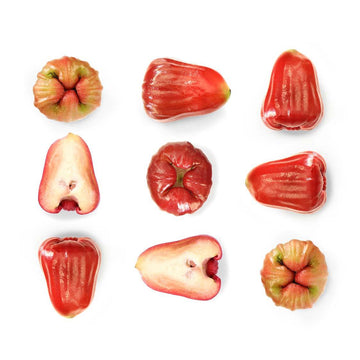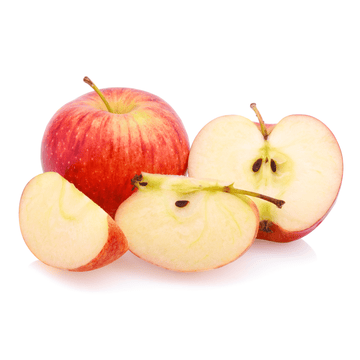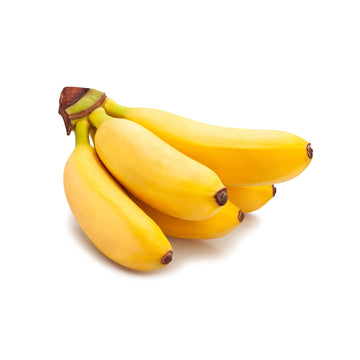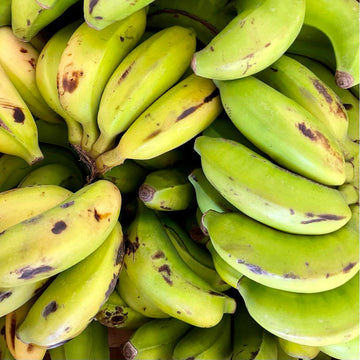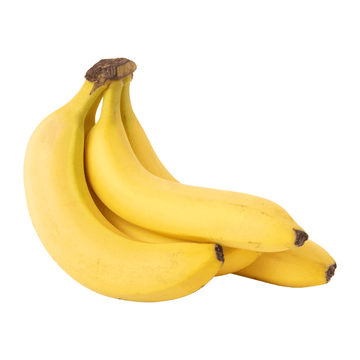Pineapple - Sweet Baby
Origin - Mauritius 🇲🇺
Class - CAT 1
Average Unit Weight - 340 grams per unit
Introduction
Pineapple (Ananas comosus) is a tropical plant indigenous to South America, where it has been cultivated for many centuries. Resembling a regular pineapple, the baby pineapple is about 5 inches tall and 4 inches in diameter. The baby pineapple is native to Mauritius where it is cultivated today as well as in South Africa and in the extinct volcanoes of the Reunion islands.
History
These mini pineapples thrive in a warm, humid climate. The Queen pineapple variety has been grown in the South African area of Hluhluwe, in Northern Zulu Land since the mid-1980s. Baby pineapples can also be found growing in Brazil, Hawaii and Thailand.
Regions
Major producers of baby pineapples include Brazil, Hawaii and Thailand but they are also produced in other regions of the world. Costa Rica, Philippines and India produce significant amounts of baby pineapples.
Flavours & Texture
It has a full pineapple taste and less fibrous, edible core. They tend to be sweeter than the full-grown varieties, rich flavour and have a softer texture.
Preparation
Cut the pineapple in quarters from top to bottom leaving the crown on. No need to cut out the mid-section of the pineapple, for there is no core. You can eat it raw, in a fruit salad, in smoothies, juice or cocktails. Additionally, you can use them in a variety of foods. We also recommend planting the crown in a pot and watching him grow!
Nutritional Value
Baby pineapples are low in calories and they have very low amounts of fat, a fact which makes them a good option for those who want to keep their calories in check.
|
Calories |
50 kcal |
|
Fat |
0.1 g |
|
Carbohydrate |
13 g |
|
Protein |
0.5 g |
|
Sodium |
1.0 g |
SHIPPING
Choose your desired delivery date at the checkout, available delivery dates will be displayed at checkout stage. All orders are dispatched on a 24hr Next Working Day service. If no date is selected your order will be dispatched at the next available date.
We offer Free Next Working Day Delivery on all orders over £75 including our selection boxes.
Our shipping rates are as follows:-
England - £6.95
Scotland - £11.95
Northern Ireland - Not currently available
Customers are responsible for being present at the shipping address provided on the date selected at checkout. Exotic Fruits are not responsible for any missed or attempted deliveries that must be rearranged by the customer.
All orders are packed in cardboard boxes with a biodegradable packing pellets, straw, or hay to protect the fruit during transit.
RETURNS
Let's start by stating the obvious. Since our produce is perishable we cannot accept returns.
That said, we want every customer to be happy so we do offer vouchers, refunds and replacements at our sole discretion if your fruit has arrived inedible. If you would like to report an item which has become damaged or perished during transit, please:- We are not responsible for products that spoil if there is not someone to receive your delivery on the date that you request it, full tracking is provided and can be requested anytime after dispatch.

